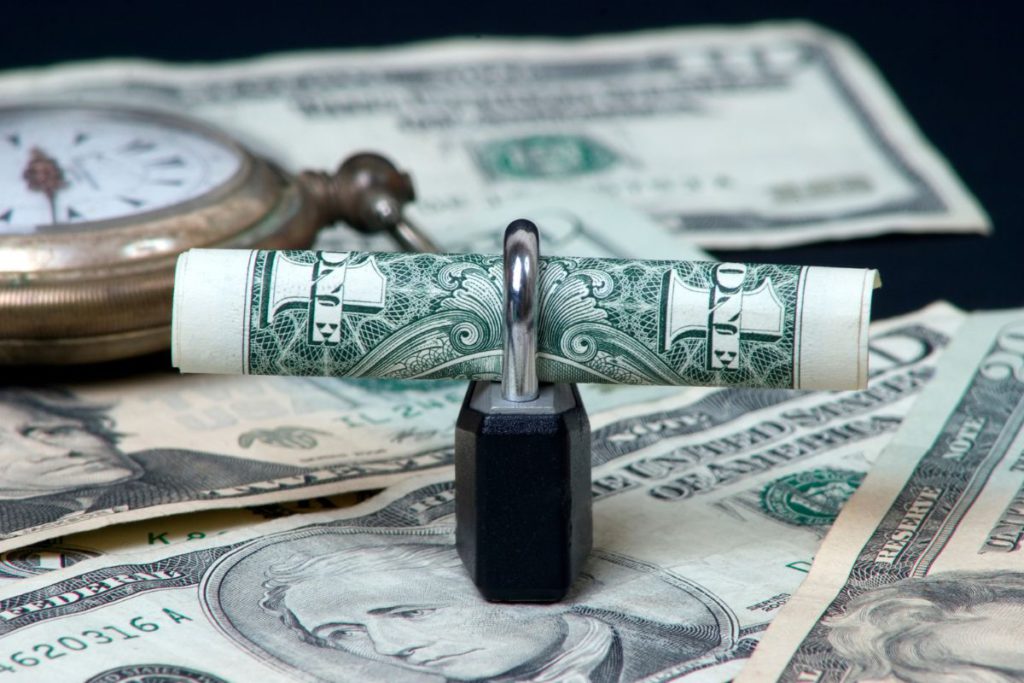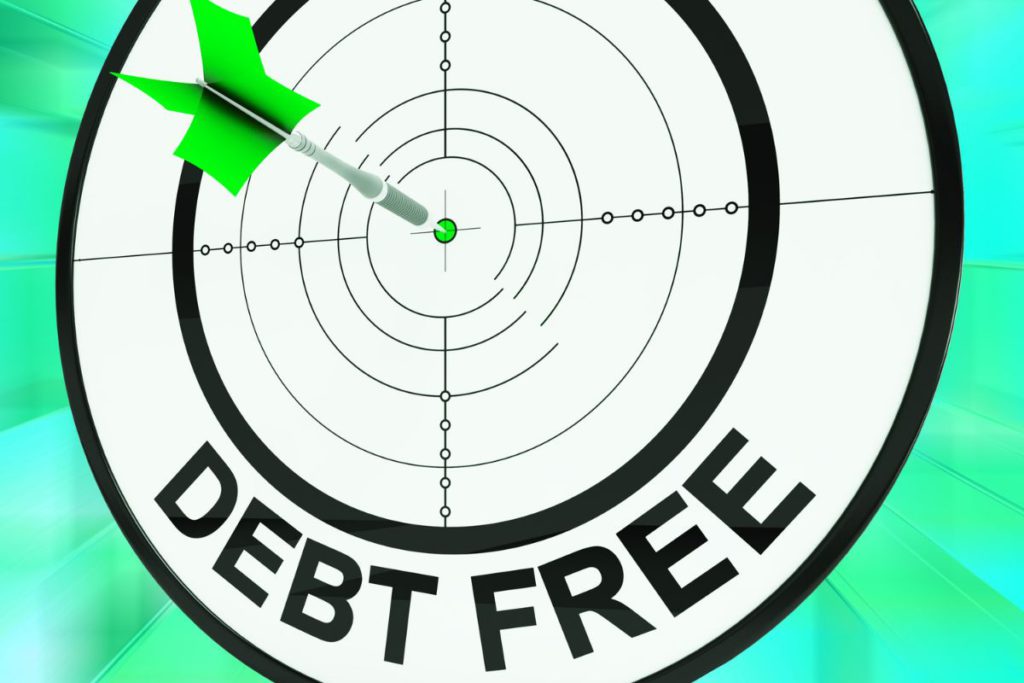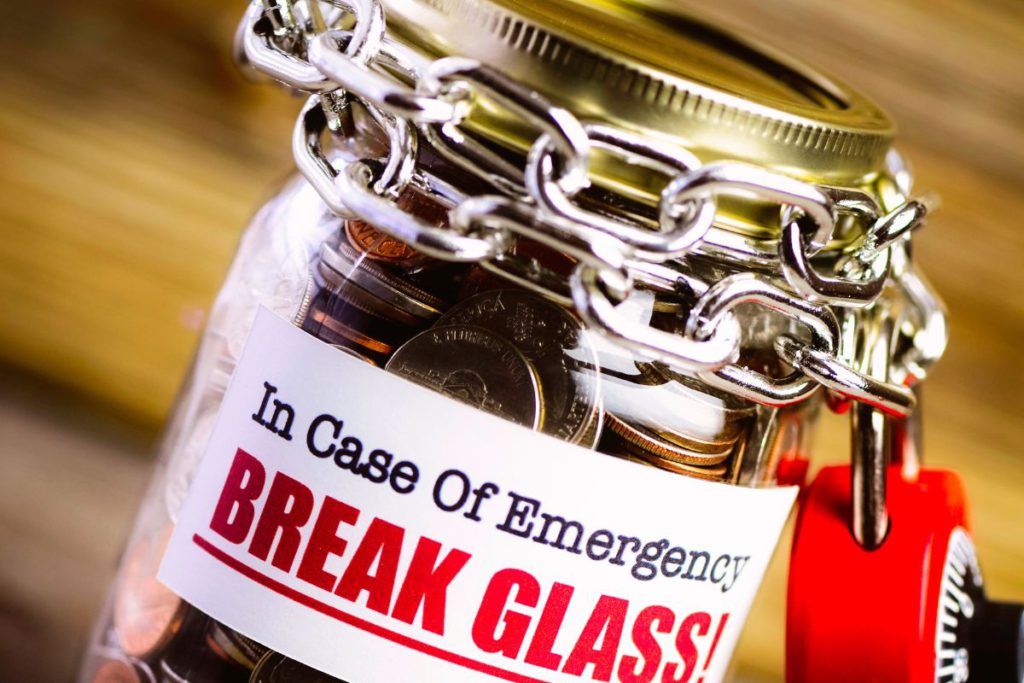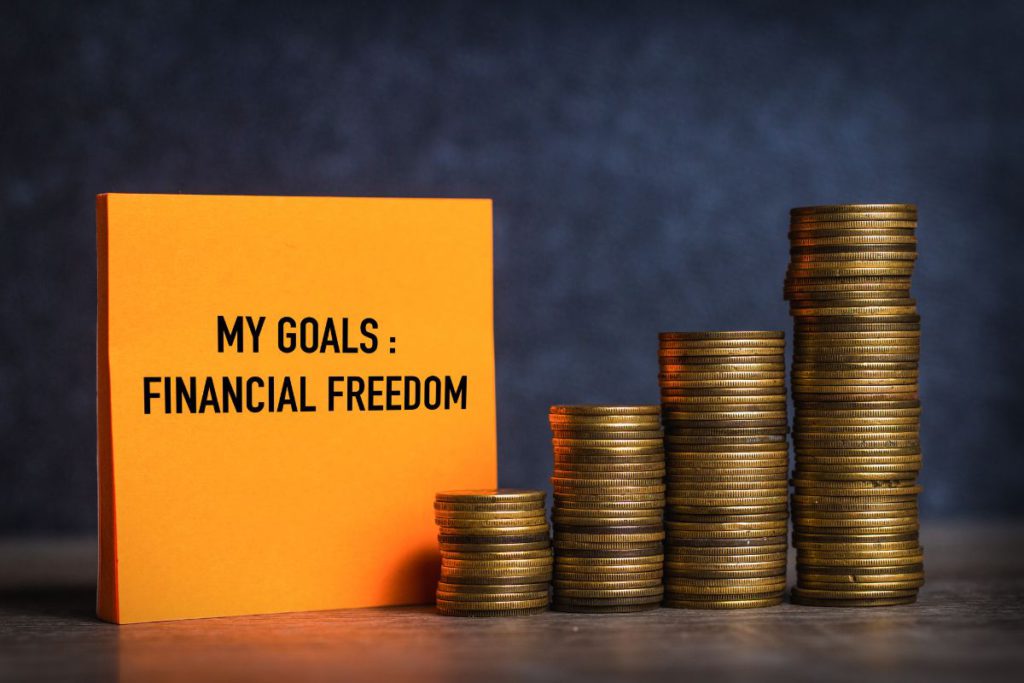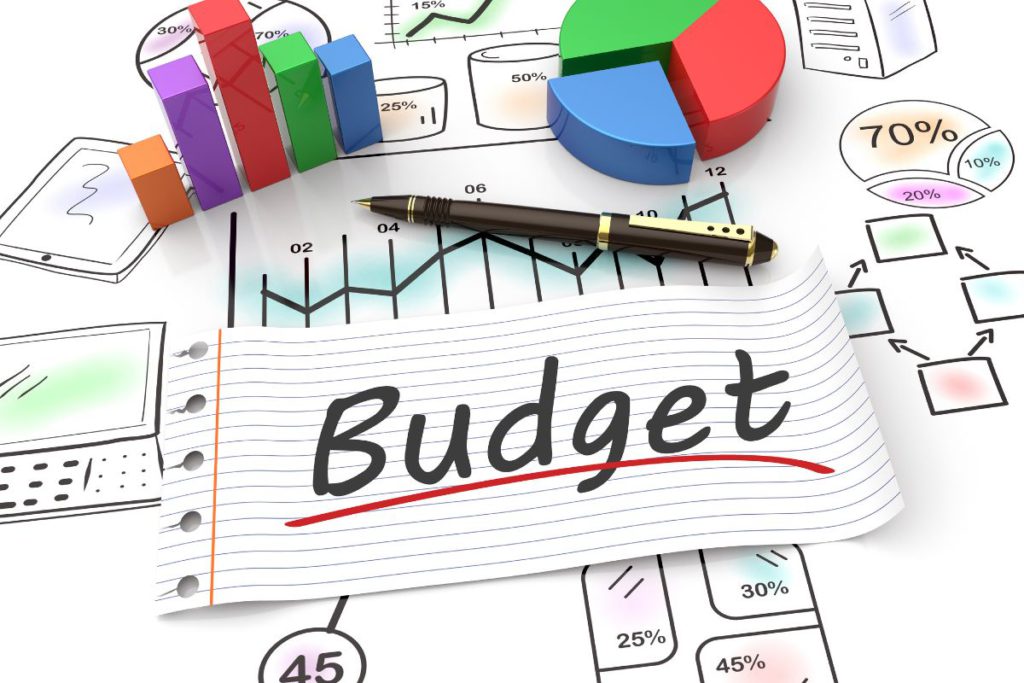When we think about retirement planning, the usual suspects come to mind: 401(k)s, IRAs, and maybe even a pension if you’re lucky. But there’s an often-overlooked player in the retirement game that deserves your attention: life insurance. Yes, you read that right! Life insurance isn’t just about providing for your loved ones after you’re gone; it can be a powerful tool in your retirement planning arsenal. Let’s dive into how life insurance can help secure your golden years and provide peace of mind for you and your family.

Understanding the Basics: What is Life Insurance?
Before we discuss the nitty-gritty of retirement planning, let’s clarify what life insurance is.
Types of Life Insurance
There are two main types of life insurance:
- Term Life Insurance: This is the simplest form of life insurance. You pay premiums for a specific term (say, 10, 20, or 30 years), and if you pass away during that term, your beneficiaries receive a death benefit.
- Permanent Life Insurance: This type of insurance covers your entire life and often includes a cash value component. The two most common types are:
- Whole Life Insurance
- Universal Life Insurance
For our discussion on retirement planning, we’ll focus mainly on permanent life insurance, which has features that can be particularly useful for retirement.
The Retirement-Life Insurance Connection: More Than Just a Death Benefit
You might wonder, “How does life insurance fit into my retirement plan?” Great question! Let’s break it down.
- Cash Value Accumulation
One of the key features of permanent life insurance policies is the cash value component. Here’s how it works:
- Part of your premium goes towards the death benefit, and part goes into a cash value account.
- This cash value grows tax-deferred over time.
- You can borrow against this cash value or withdraw from it during retirement.
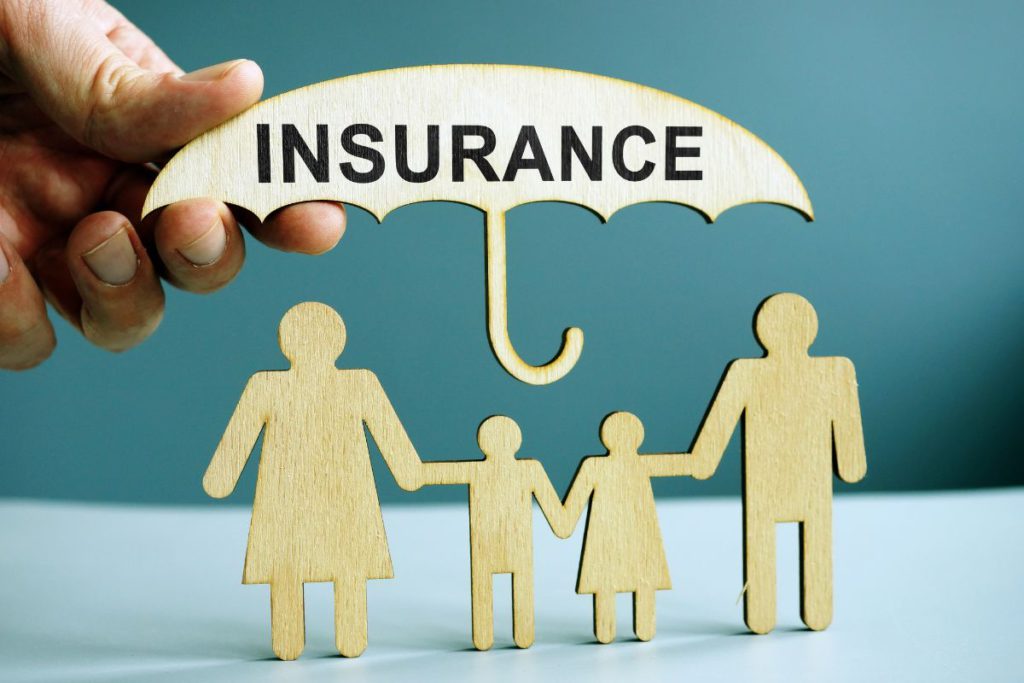
Let’s look at an example:
Suppose you purchase a $500,000 whole life insurance policy at age 35. By the time you’re 65, the cash value might have grown to $150,000 (actual growth depends on various factors). This $150,000 is money you can tap into during retirement!
- Supplemental Retirement Income
Remember that cash value we just talked about? Here’s where it gets exciting for retirement planning:
- You can take out loans against your cash value.
- These loans are typically tax-free.
- You can use this money to supplement your retirement income.
For instance, if you need an extra $10,000 annually in retirement, you could borrow this amount from your life insurance policy’s cash value each year.
- Estate Planning and Wealth Transfer
Life insurance can play a crucial role in estate planning:
- The death benefit is generally income tax-free for beneficiaries.
- It can provide liquidity to pay estate taxes.
- It allows you to leave a legacy for your loved ones.
Example: Let’s say you have a $1 million estate to pass on to your children. Without proper planning, a significant portion could be lost to estate taxes. A life insurance policy with a $500,000 death benefit could help offset these taxes, ensuring more wealth is transferred to your heirs.
Practical Implementation: Integrating Life Insurance into Your Retirement Plan

Now that we understand how life insurance can benefit our retirement planning let’s discuss how to make it work for you.
Step 1: Assess Your Needs
Before jumping into a life insurance policy, take stock of your current retirement savings and future needs. Ask yourself:
- How much have I already saved for retirement?
- What are my projected expenses in retirement?
- Do I have any gaps in my retirement savings?
Step 2: Choose the Right Policy
Not all life insurance policies regarding retirement planning are created equal. Here are some factors to consider:
- Policy Type: As mentioned earlier, permanent life insurance policies (whole or universal life) are typically better suited for retirement planning due to their cash value component.
- Death Benefit Amount: This should be enough to provide for your beneficiaries and potentially cover any estate taxes.
- Premium Payments: Ensure the premiums fit comfortably within your budget.
- Cash Value Growth: Look for policies with competitive growth rates on the cash value.
Step 3: Maximize Cash Value Growth
To leverage your life insurance for retirement, consider these strategies:
- Start Early: The earlier you start, the more time your cash value has to grow.
- Pay More Than the Minimum Premium: If your policy allows, paying extra into your cash value can boost its growth.
- Use Dividends Wisely: If you have a participating whole-life policy, reinvesting dividends can significantly increase your cash value over time.
Example: Suppose you have a whole life policy with a $300,000 death benefit. The minimum annual premium is $3,600, but you decide to pay $4,800 per year. Over 30 years, this extra $1,200 per year could potentially add tens of thousands of dollars to your cash value!
Step 4: Plan Your Withdrawals
As retirement approaches, start planning how you’ll use your life insurance cash value:
- Policy Loans: These are often tax-free and don’t have to be repaid during your lifetime. However, they will reduce the death benefit if not repaid.
- Partial Withdrawals: You can withdraw your basis (the amount you’ve paid in premiums) tax-free. Withdrawals above your basis may be taxable.
- Annuitization: Some policies allow you to convert your cash value into a guaranteed income stream.
Example: You’ve accumulated $200,000 in cash value by age 65. You could:
- Take out a $10,000 tax-free loan each year for 20 years.
- Withdraw your basis of $100,000 tax-free over several years.
- Annuitize the $200,000 for a guaranteed monthly income of about $1,000 for life (the exact amount depends on various factors).
The Pros and Cons: Is Life Insurance Right for Your Retirement Plan?
Like any financial tool, life insurance for retirement planning has advantages and disadvantages. Let’s weigh them up:
Pros:
- Tax Advantages: Cash value grows tax-deferred, and loans are typically tax-free.
- Flexibility: You can adjust premiums and death benefits as your needs change.
- Guaranteed Death Benefit: Provides financial protection for your beneficiaries.
- Creditor Protection: In many states, life insurance cash value is protected from creditors.
Cons:
- Higher Premiums: Permanent life insurance is more expensive than term life insurance.
- Complexity: These policies can be complicated and require careful management.
- Opportunity Cost: The returns on cash value may be lower than other investment options.
- Fees: Insurance policies often come with various fees that affect your returns.
Real-Life Application: Making It Work for You

Now, let’s put all this information into practice with a hypothetical scenario:
Meet Sarah, a 40-year-old marketing executive. She’s been diligently saving in her 401(k) but wants additional retirement security and a way to leave something for her kids. Here’s how she implements life insurance in her retirement plan:
- Policy Selection: Sarah chooses a $500,000 universal life insurance policy focusing on cash value accumulation.
- Premium Payments: Her minimum annual premium is $6,000, but she opts to pay $8,000 to boost cash value growth.
- Cash Value Growth: By age 65, Sarah’s cash value has grown to $250,000 (note: actual growth will vary based on policy performance).
- Retirement Income: Sarah plans to supplement her retirement income by taking $15,000 annual loans from her cash value for 15 years, starting at age 70.
- Legacy Planning: Even after these loans, Sarah will still leave a significant death benefit to her children.
Here’s how the numbers might look:
- Total premiums paid over 25 years: $200,000
- Cash value at age 65: $250,000
- Retirement income from the policy: $15,000 per year for 15 years = $225,000
- Remaining death benefit for heirs: Approximately $275,000
Remember, these are hypothetical numbers; actual results will vary based on policy performance and individual circumstances.
Conclusion: Is Life Insurance the Missing Piece in Your Retirement Puzzle?

Life insurance isn’t just about providing for your loved ones after you’re gone—it can be a valuable part of your retirement planning strategy. The right life insurance policy can help fill gaps in your retirement plan and provide additional financial security by offering tax advantages, flexibility, and a way to leave a legacy.
However, it’s crucial to remember that life insurance should be part of a comprehensive retirement strategy, not the whole strategy. It works best with retirement savings vehicles like 401(k)s and IRAs.
Before making any decisions, it’s always wise to consult a financial advisor who can help you understand if and how life insurance fits into your unique retirement plan. They can help you navigate the complexities of different policies and ensure you’re making the most of this powerful financial tool.
Remember, the best retirement plan gives you peace of mind and allows you to enjoy your golden years fully. Whether life insurance is part of that plan is a personal decision that depends on your circumstances, goals, and dreams for the future.
So, as you continue on your retirement planning journey, remember to consider the role life insurance could play. It is the piece that completes your retirement puzzle!





